Once settled in at the Corregidor Inn, Mark, Rico, Jovany (with Mat) and I took the opportunity to watch the sun go down at Battery Grubbs, one of the larger gun emplacements on the island. We were driven to the west central part of the island, passing through a Spanish-style arch (above which is the name “Battery Grubbs) at the end of road’s end. The battery was named in honor of 1st Lt. Hayden Y. Grubbs of the 6th U.S. Infantry who died in 1899, during the Philippine-American War.
Check out “Hotel and Inn Review: Corregidor Inn“
This gun emplacement, with two 10-inch guns (Model 1895M1) mounted on Model 1901 disappearing carriages (Watervliet #25 / #14 and #22 / #16) intended to fire to the northwest, was originally emplaced in the Manila Harbor defenses. It was built from November 1907 to early 1909 at a cost of a whopping (at that time) US$212,397.88. On February 2, 1911, it was transferred to Corregidor. These were apparently never changed during the service life of the battery.
This gun emplacement, with two 10-inch guns (Model 1895M1) mounted on Model 1901 disappearing carriages (Watervliet #25 / #14 and #22 / #16) intended to fire to the northwest, was originally emplaced in the Manila Harbor defenses. It was built from November 1907 to early 1909 at a cost of a whopping (at that time) US$212,397.88. On February 2, 1911, it was transferred to Corregidor. These were apparently never changed during the service life of the battery.
During the start of World War II, Battery Grubbs was not manned but, in early April 1942, Battery C of the 91st Coastal Artillery was transferred here from Battery Morrison and the Number 2 gun was put into action. The Number 1 gun, which had suffered some mechanical failure, was never commissioned. On April 11, an aerial bomb hit the power plant, putting the battery out of service. Five days later, a direct hit took out the number 2 gun and destroying the Battery Commander’s station. The battery was subsequently abandoned.
After Corregidor’s surrender, the Japanese tried to restore the battery into a usable state but, before they could complete the work, it was heavily damaged during the U.S. bombardment in 1945. In 1994, the guns were repainted and railings installed for the visit of former U.S. Pres. Bill Clinton and his wife Hillary Clinton.
Sun Cruises, Inc. (SCI) – Reservation Office: CCP Terminal A, CCP Complex, Roxas Blvd., Manila. Tel: (632) 831-8140 and (632) 834-6857 to 58. Fax: (632) 834-1523. E-mail: suncruises@magsaysay.com.ph.

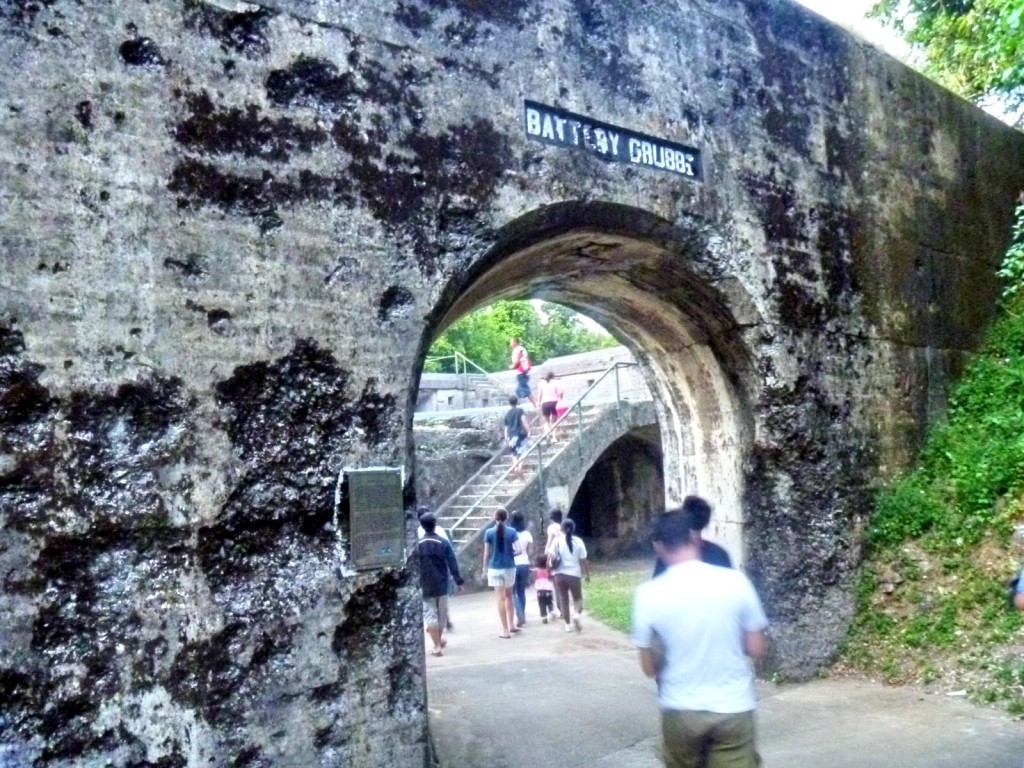
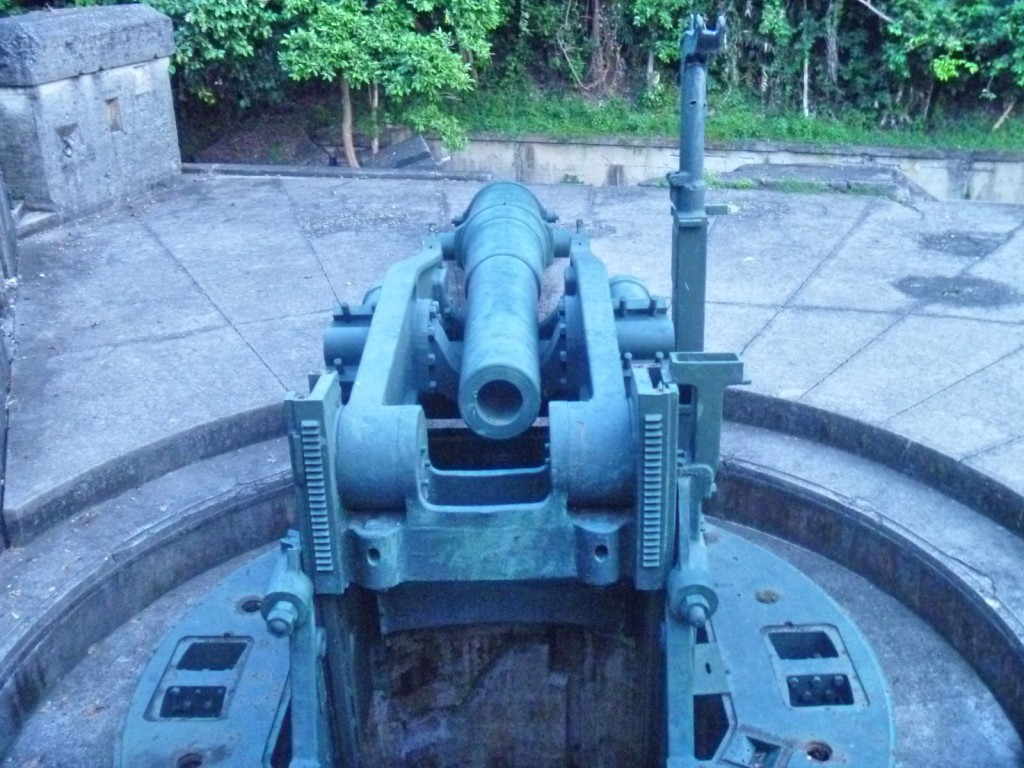
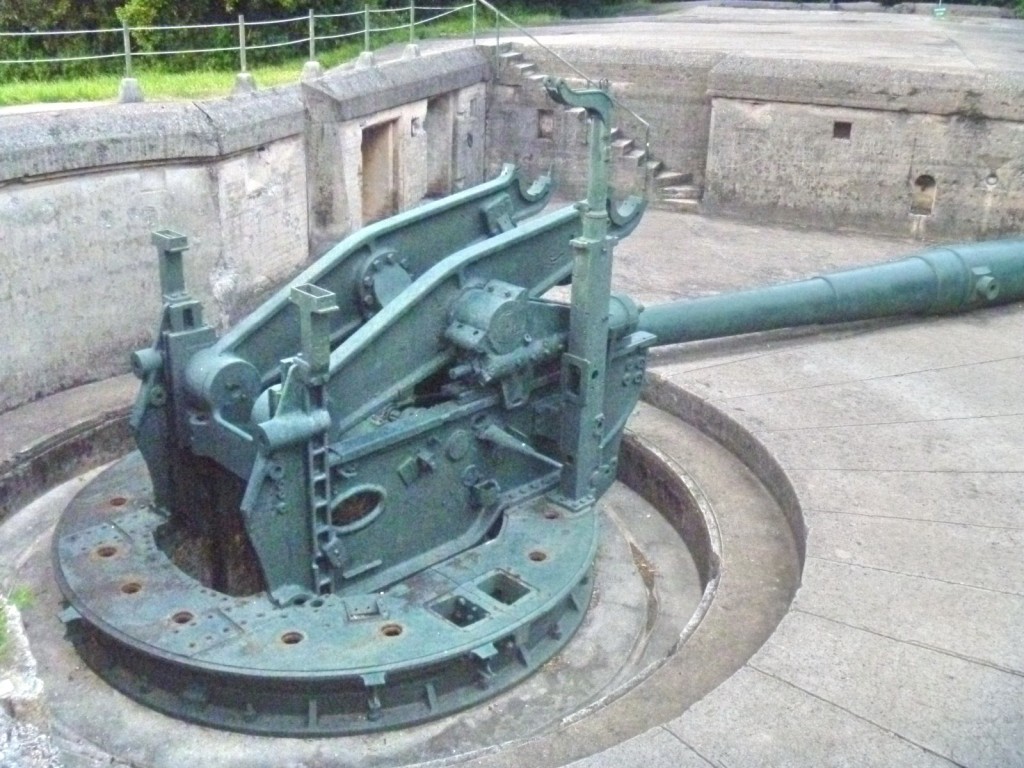
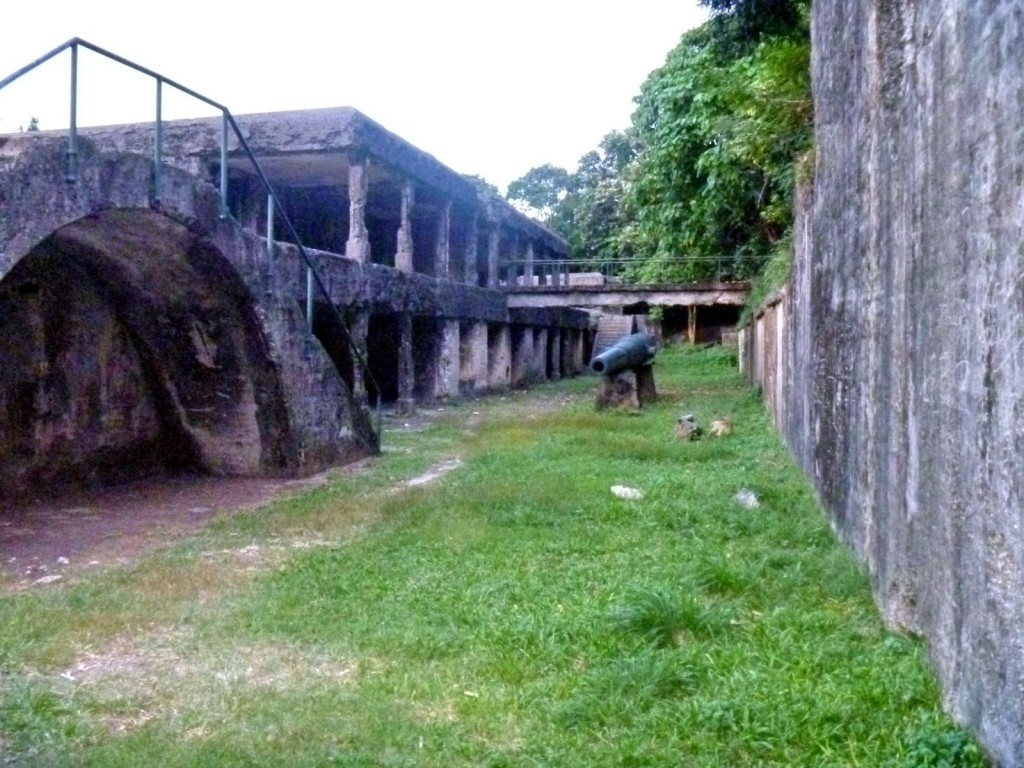



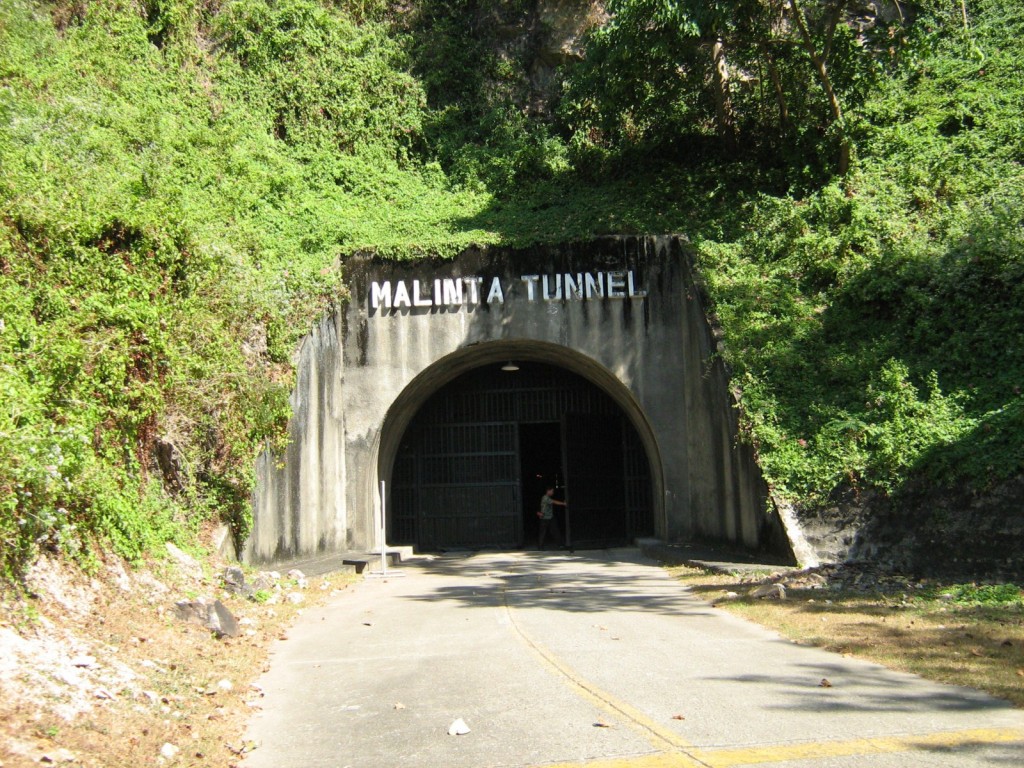
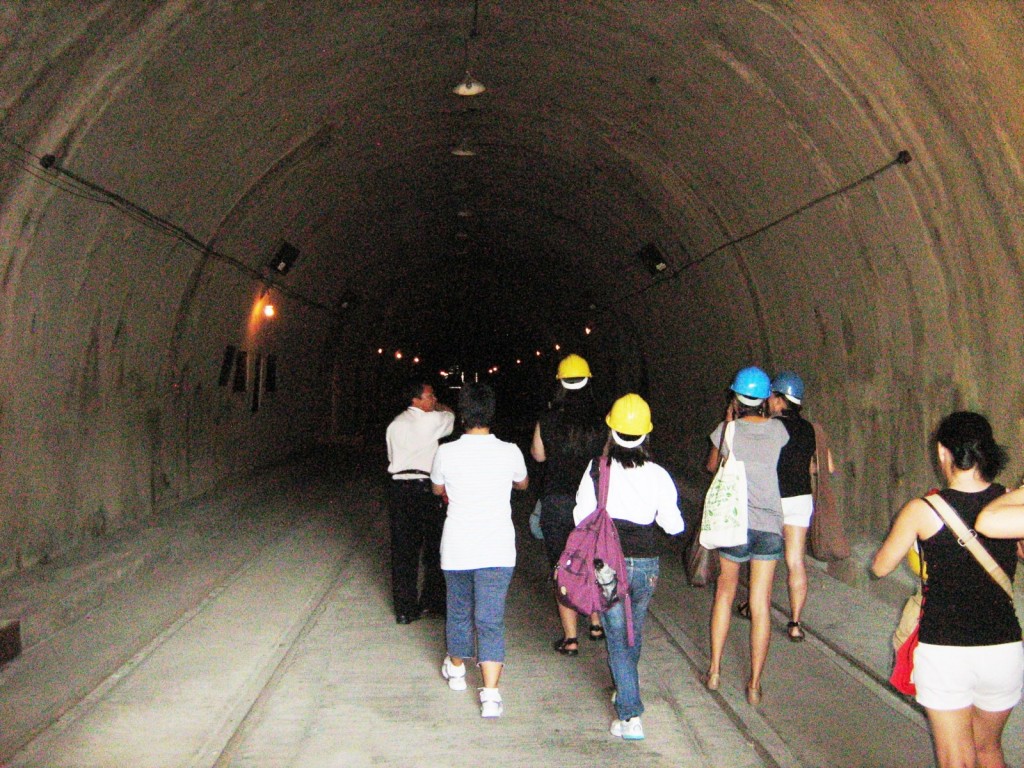
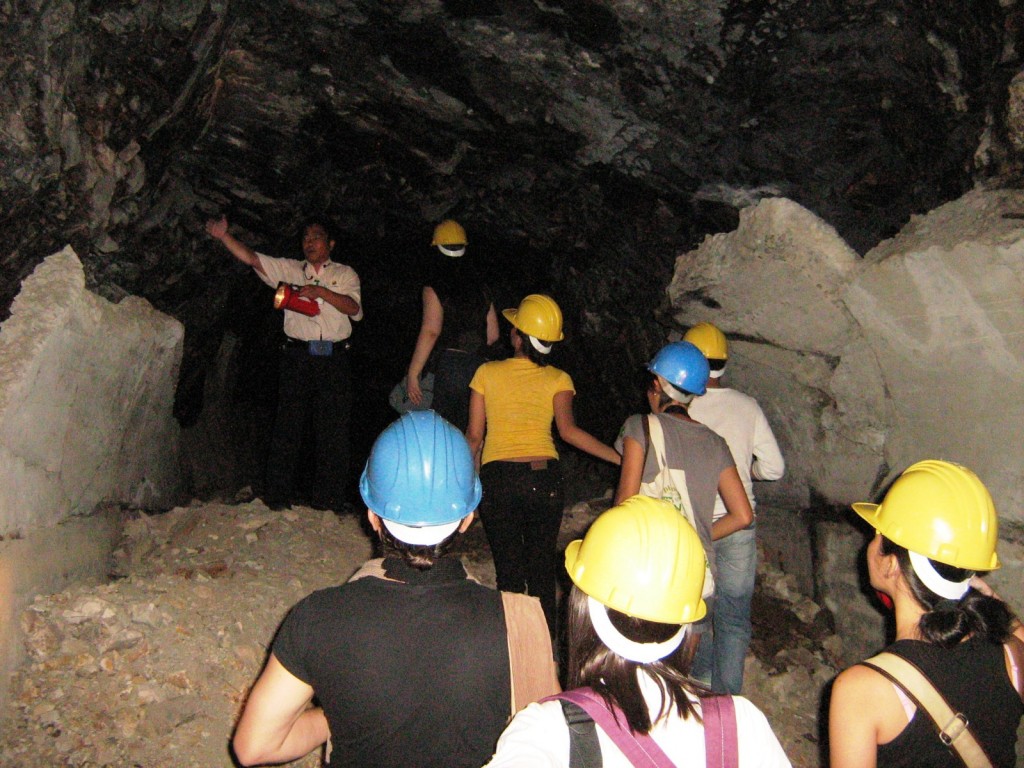
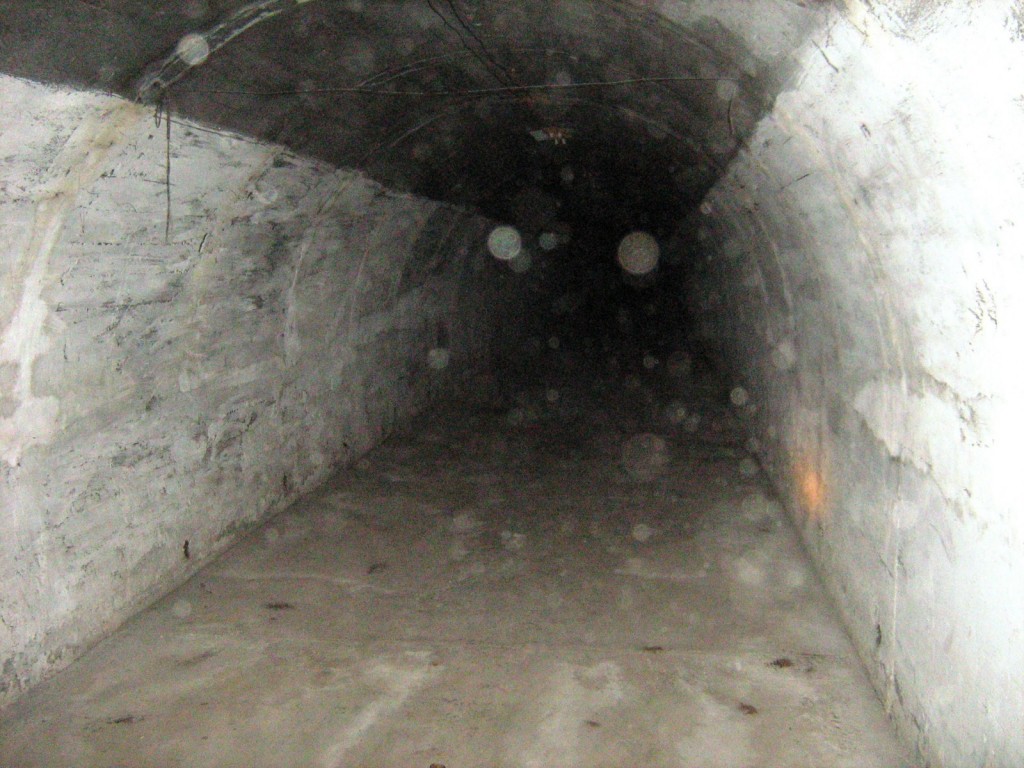
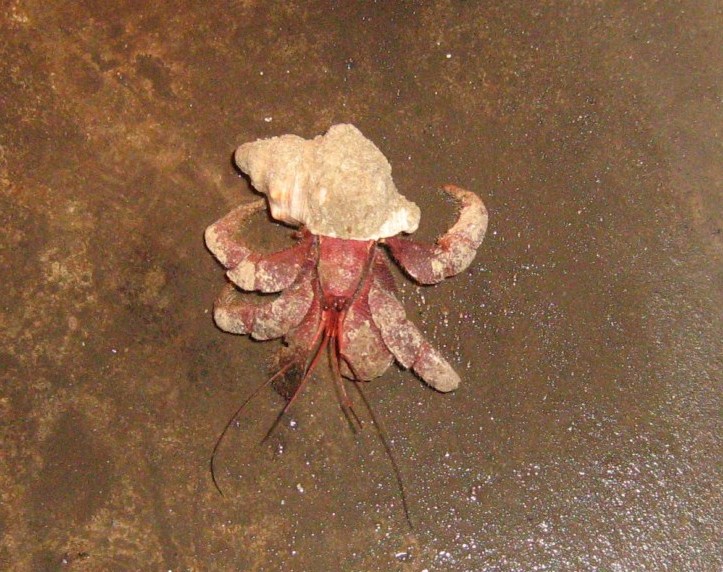


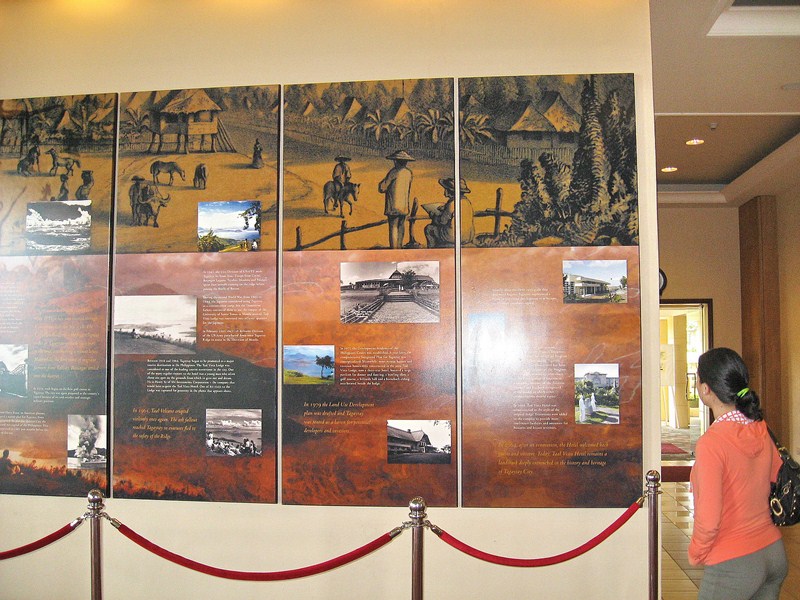








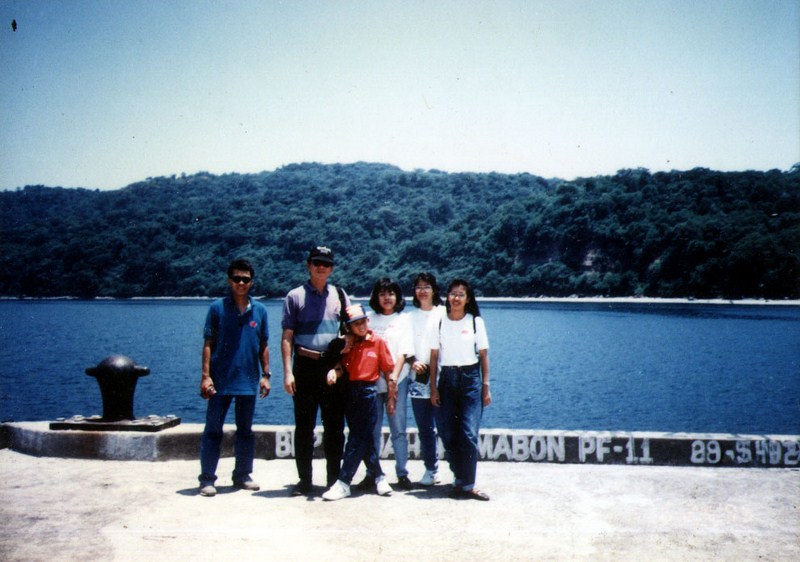
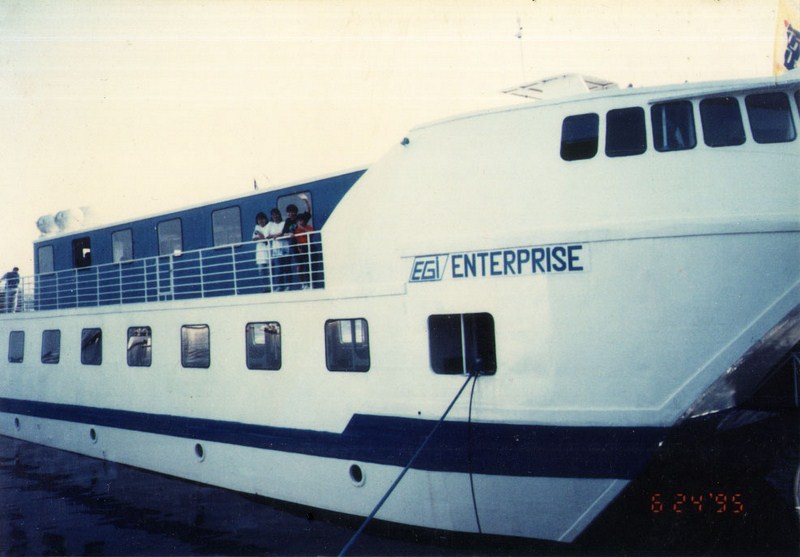
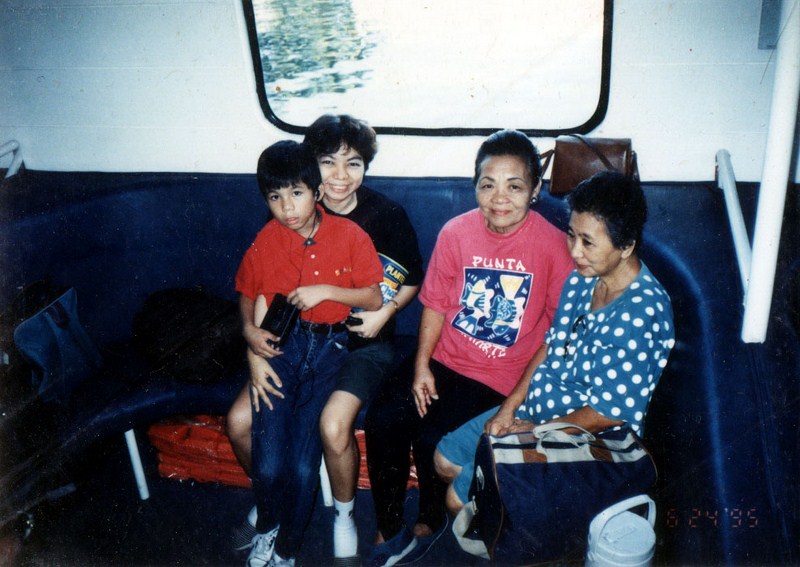

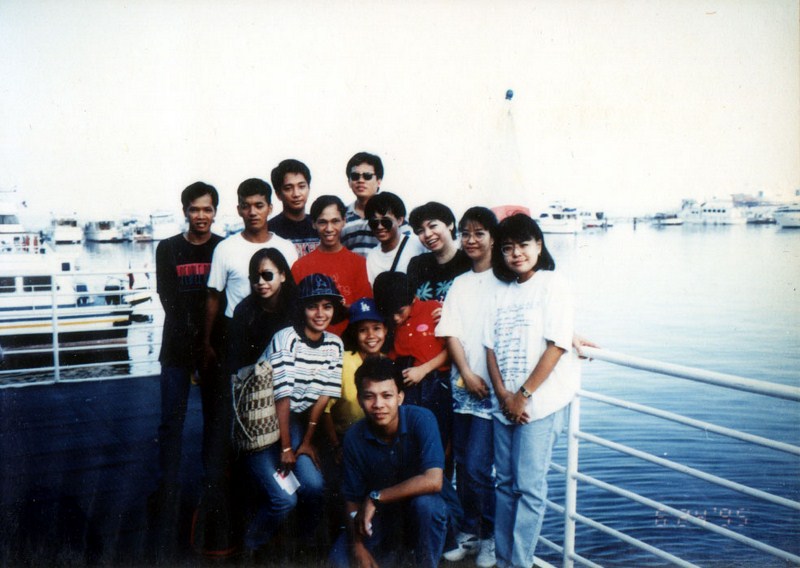
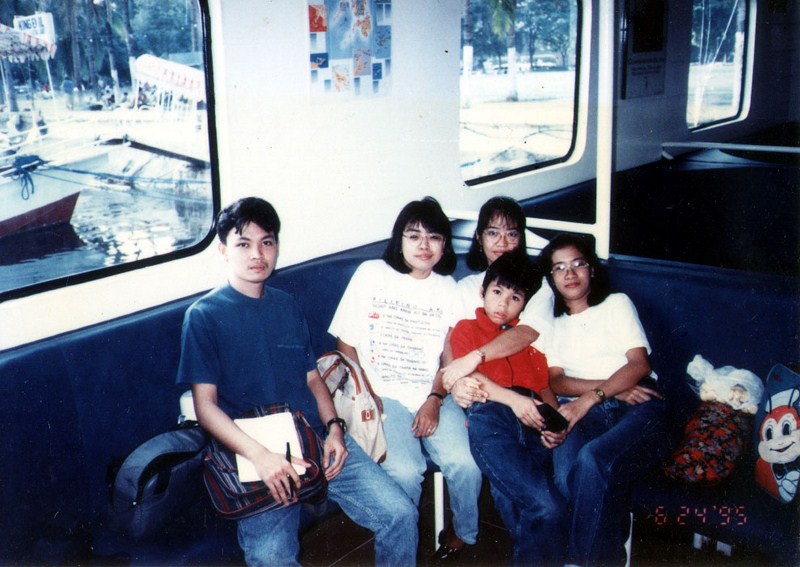

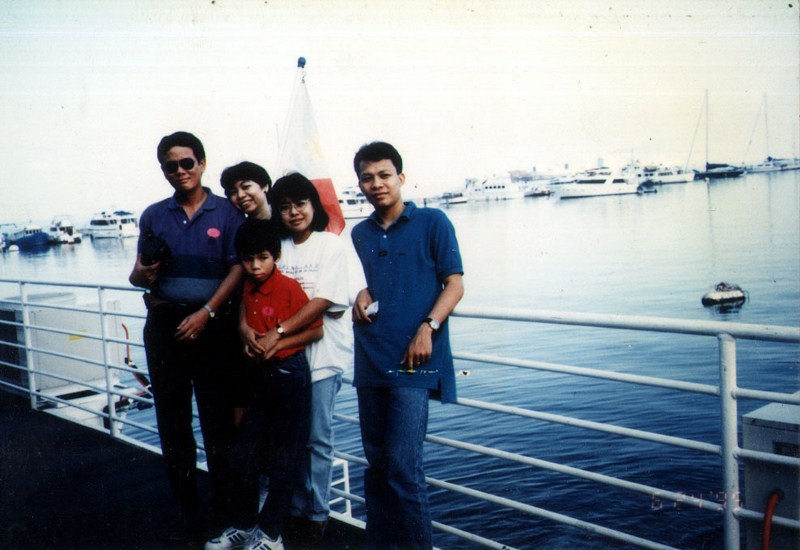
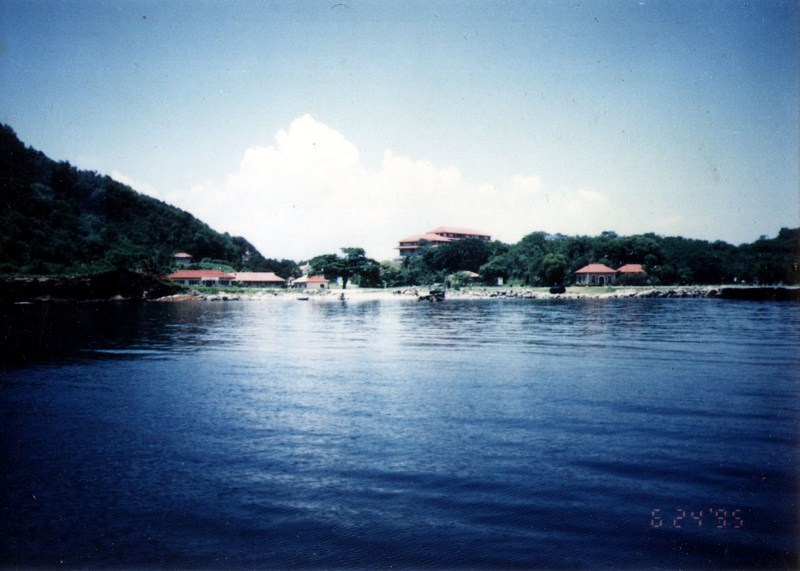
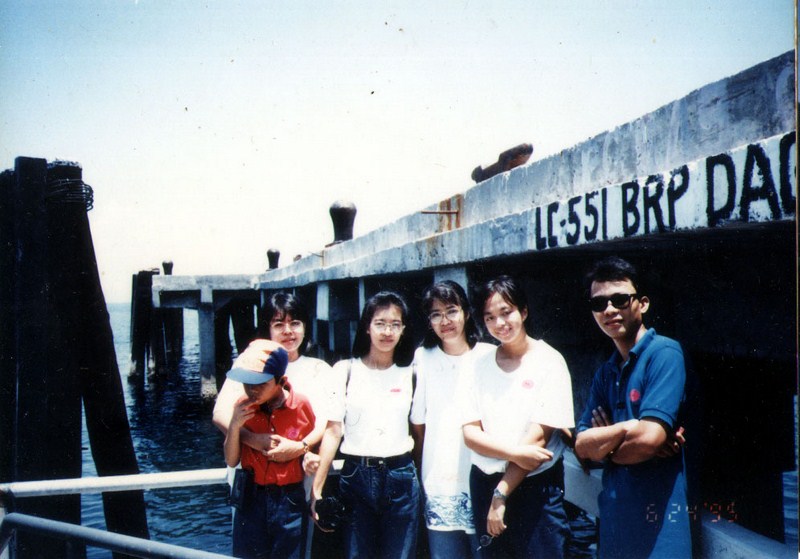
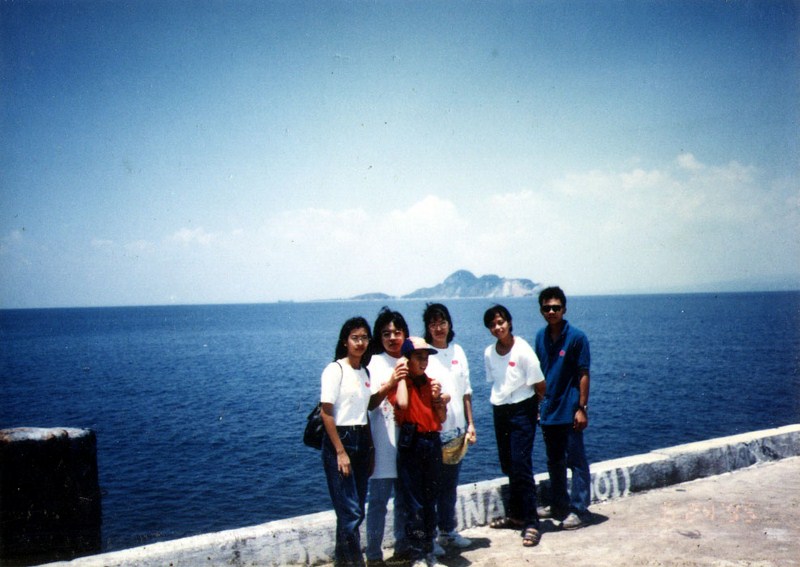
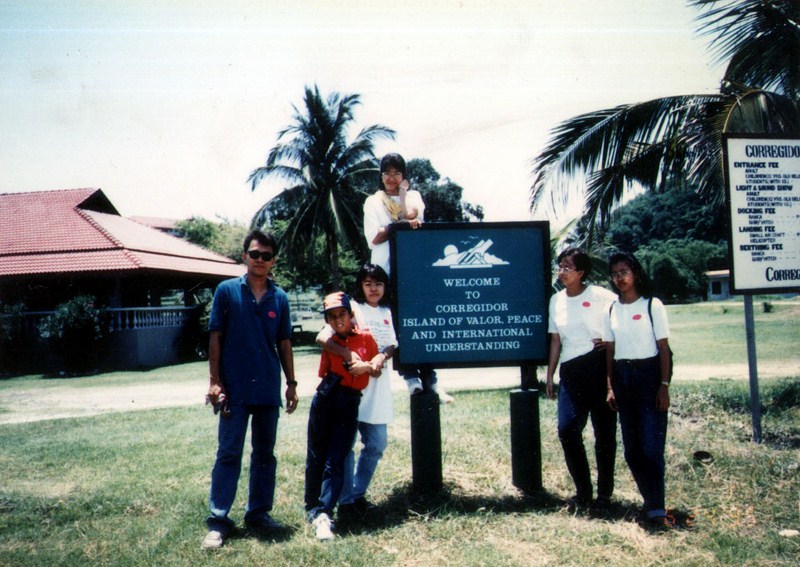
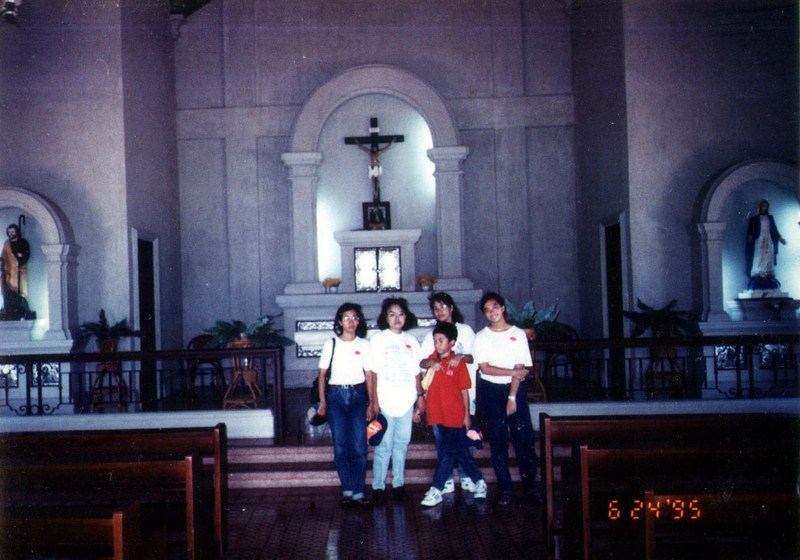
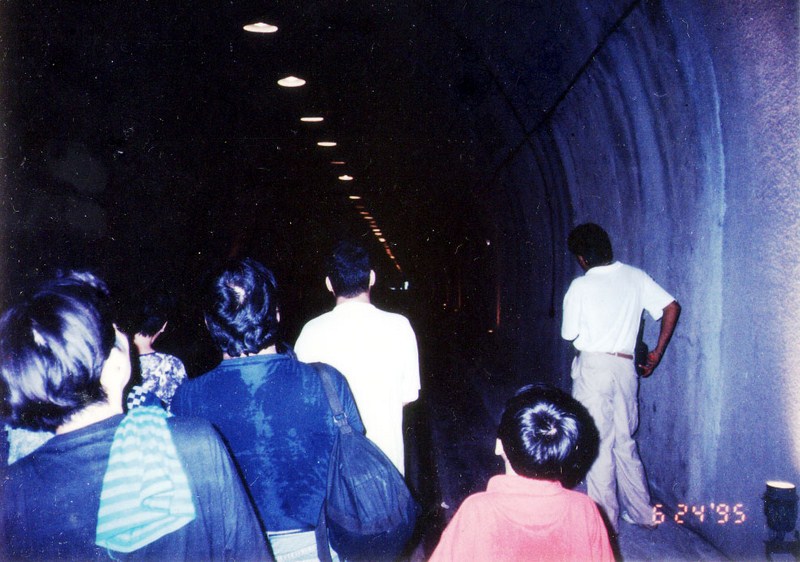
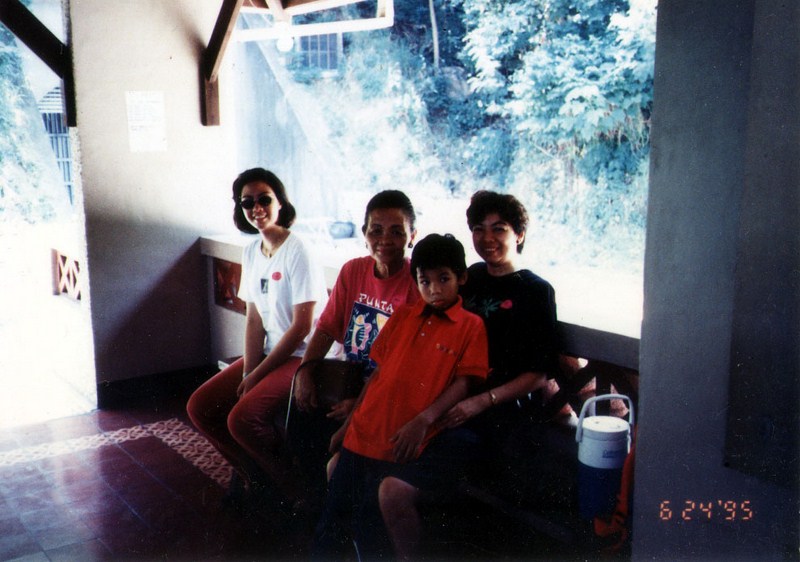
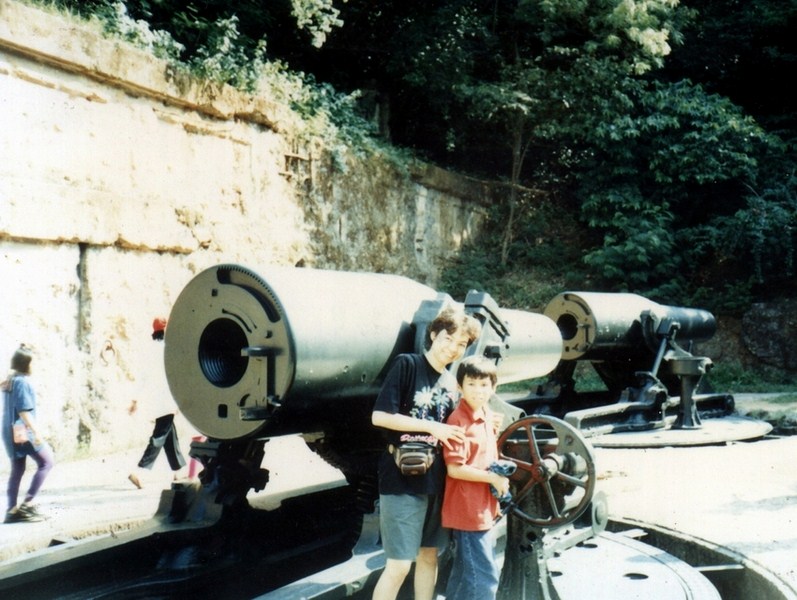
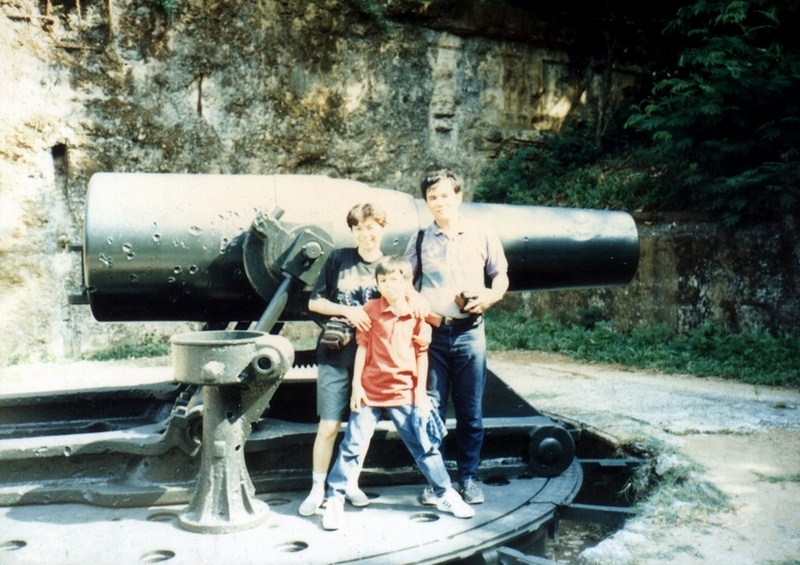
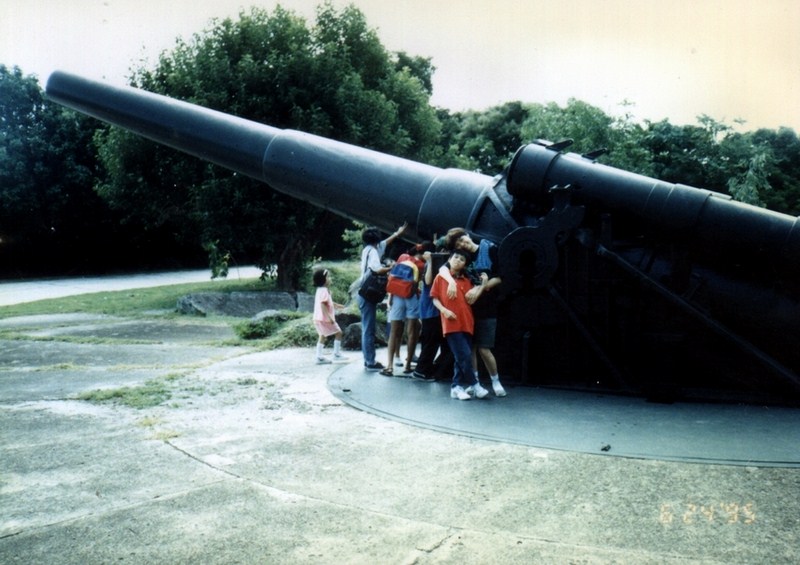
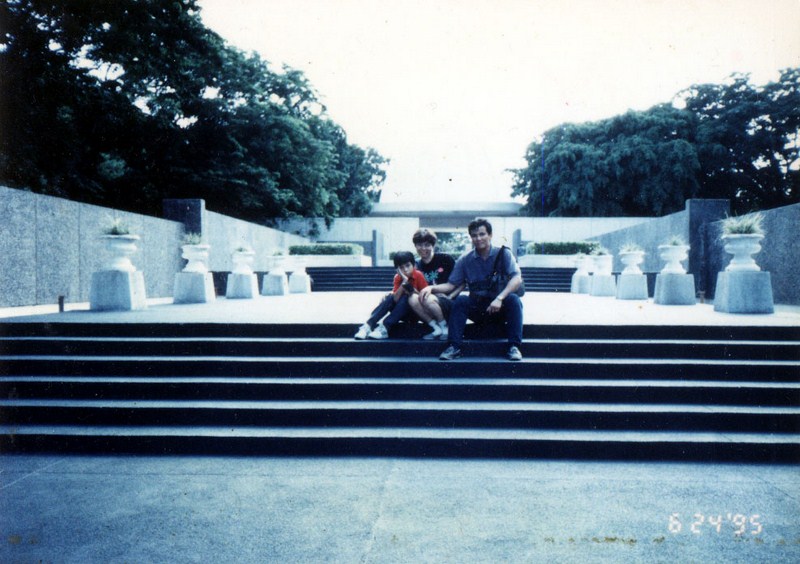
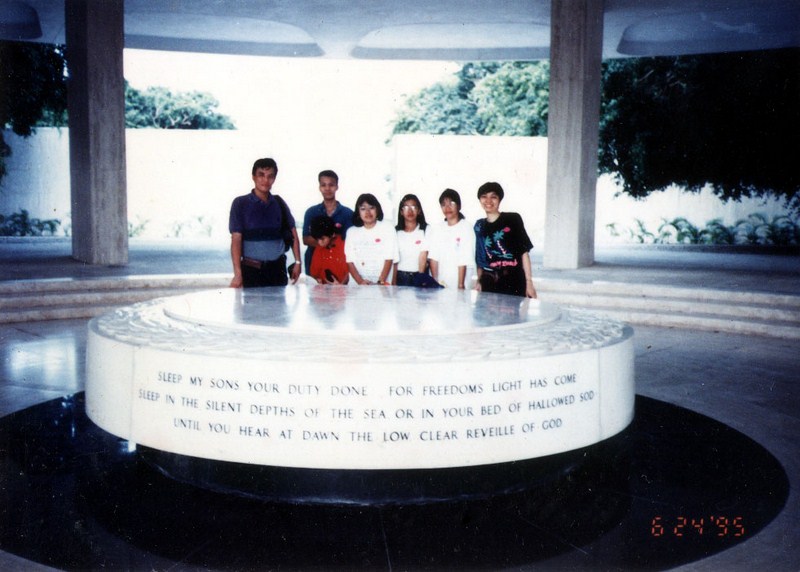
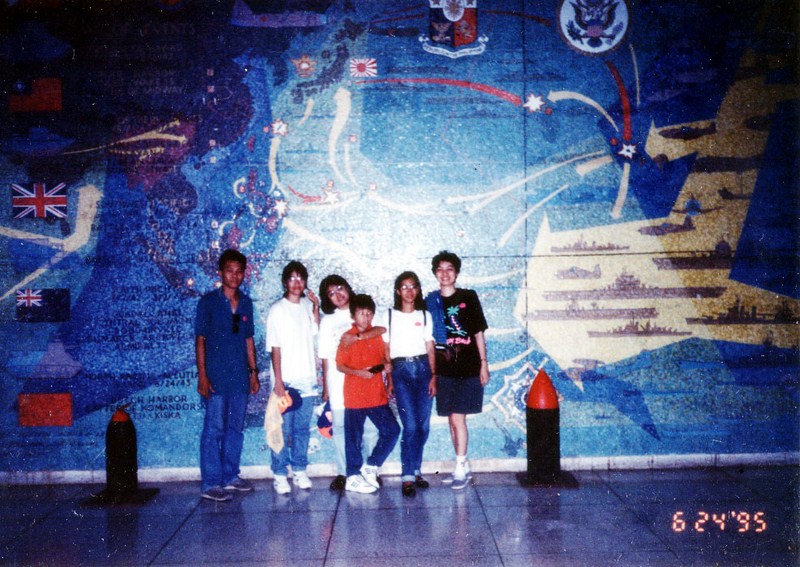
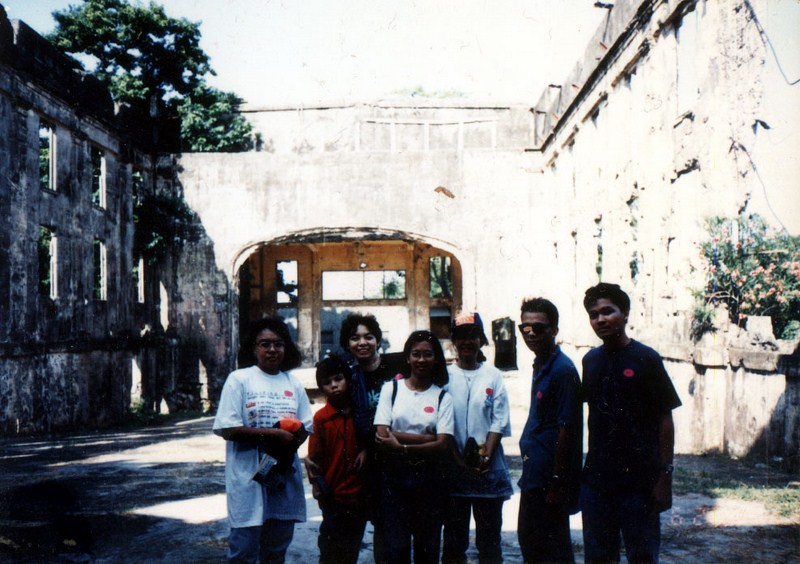
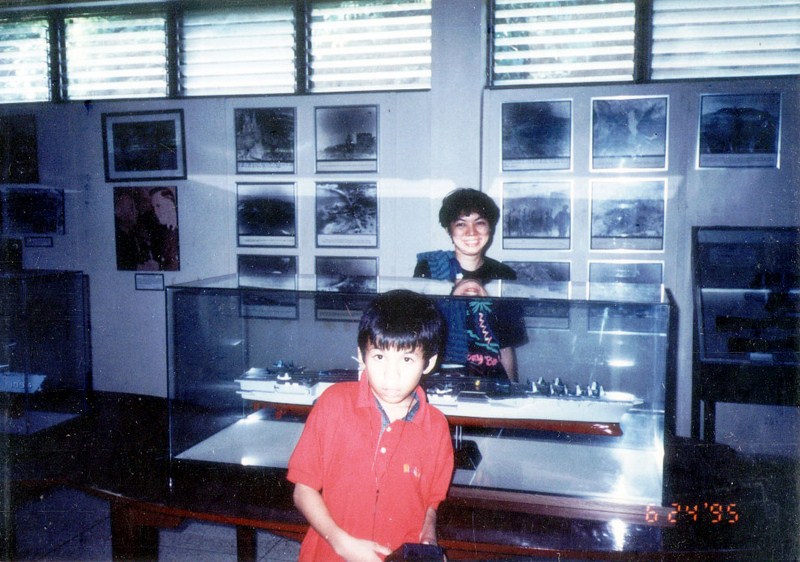
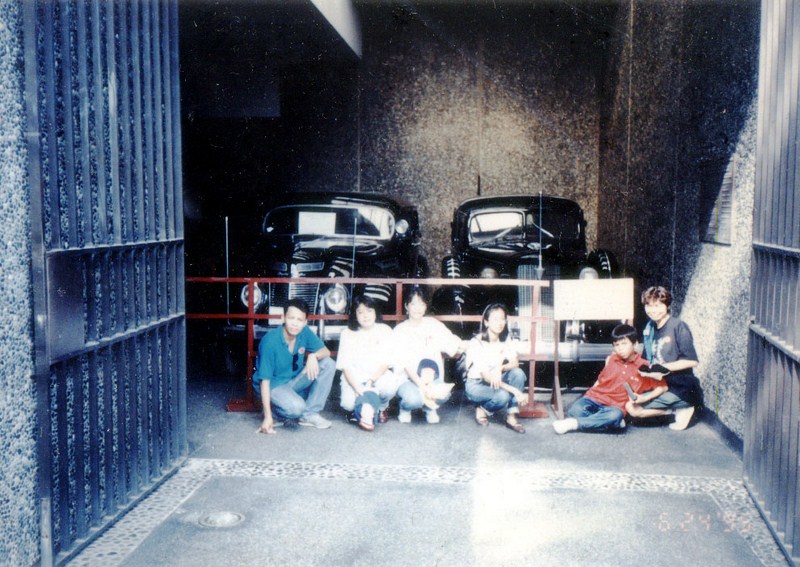
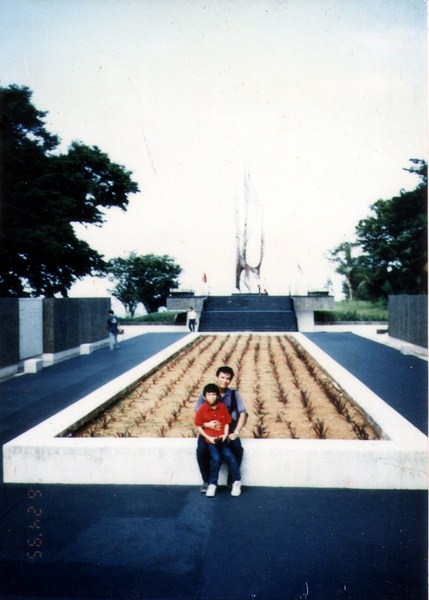
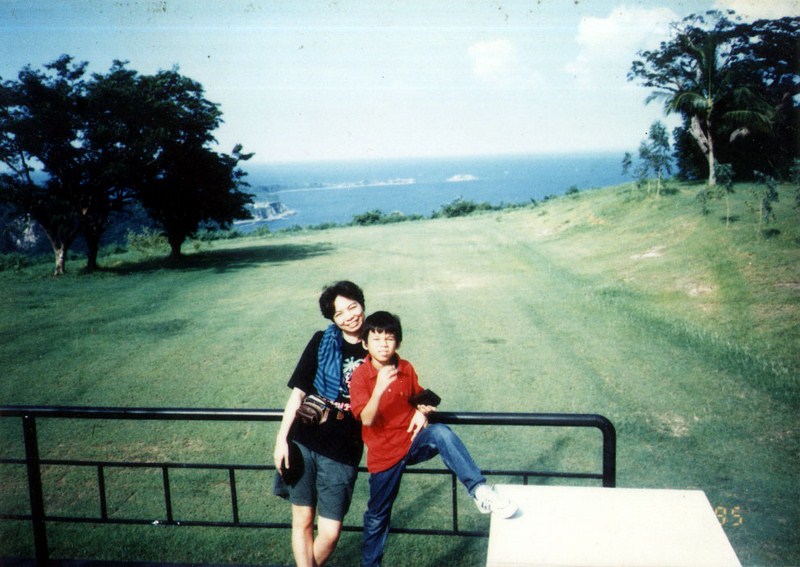

.jpg)

